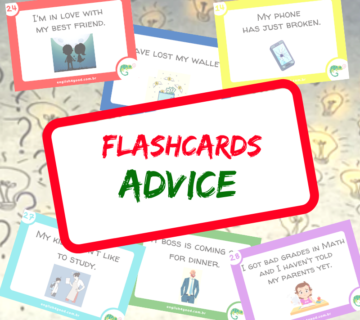The verb to be is used to give locations:
- I am at home.
- They are at the restaurant.
- The birds are in the cage.
- My parents are in Europe.
- The cat is on the table.
- Carl is at the mall.
Also, you can introduce, identify and describe yourself and others:
- I am Brazilian.
- Sylvia is tall.
- They are 26 years old.
- It is a good book.
- Pizza is from Italy.
- Marc and Sue are my friends.
- You are beautiful.
The verb to be has three different forms: am, is ou are.
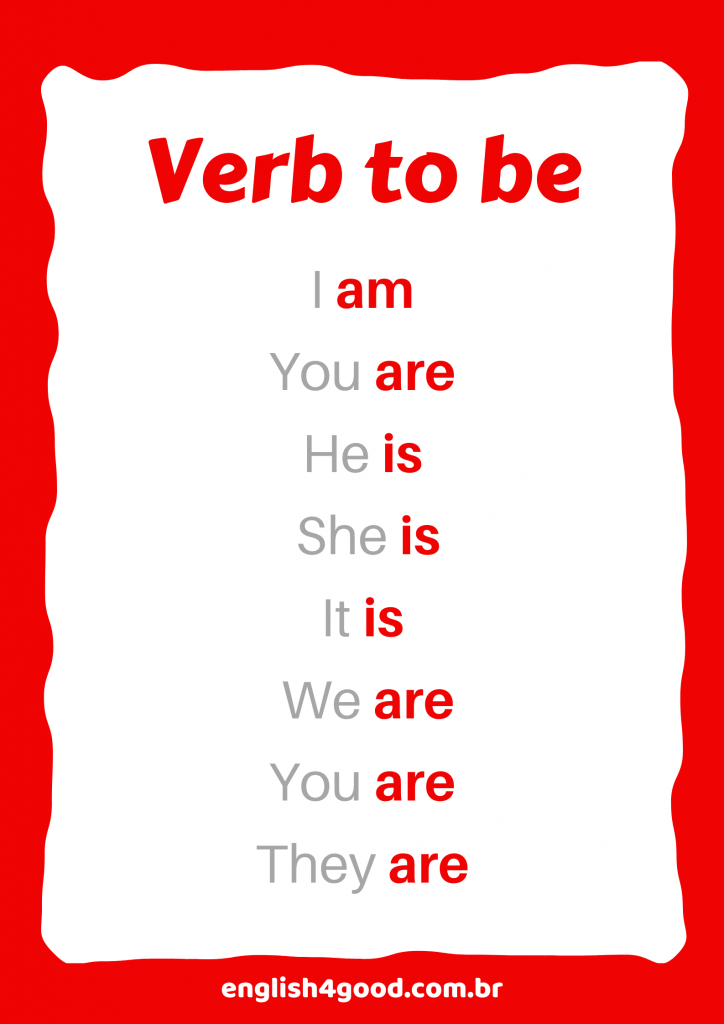
The verb to be is used to describe things and situations, too.
- She is beautiful.
- He is from German.
- I am a scientist.
- They are intelligent.
- You are a student.
- It is expensive.
- The movie is good.
- The party is fun.
“Verb be” com sentido de “estar”, é utilizado para localizar coisas ou pessoas:
- I am at home.
- The shoes are under the bed.
- You are at school.
- She is at work.
- He is in London.
- We are in South America.
- They are in the living room.
The verb to be describe physical, mental, and spiritual states or personality:
- I am tired.
- She is happy.
- They are honest.
- We are asleep.
- You are awake .
Verbo To Be – Sentence structure
Observe the structure of the sentences:
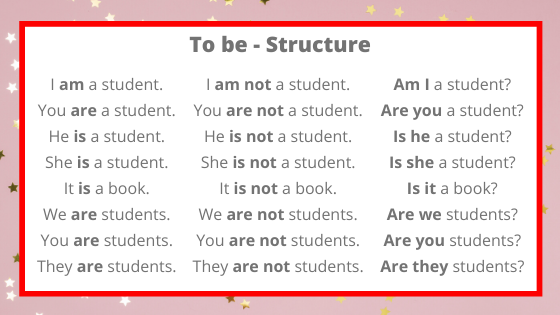
Affirmative Sentences
Affirmative sentences start with the subject followed by the verb to be and the complement:
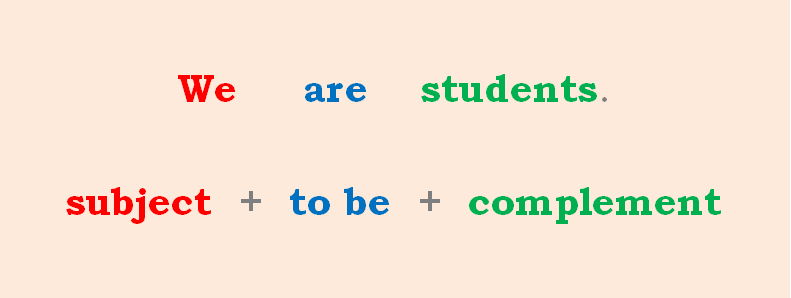
- Jason is a soccer player.
- My friends are nice.
- The group is big.
- The pets are calm.
- Lions are dangerous.
- All the students are intelligent.
Contracted Forms
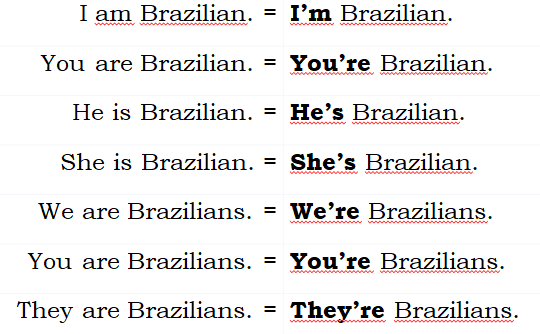
Negative Sentences
Negative sentences also start with the subject, then the verb to be in negative form and the complement.
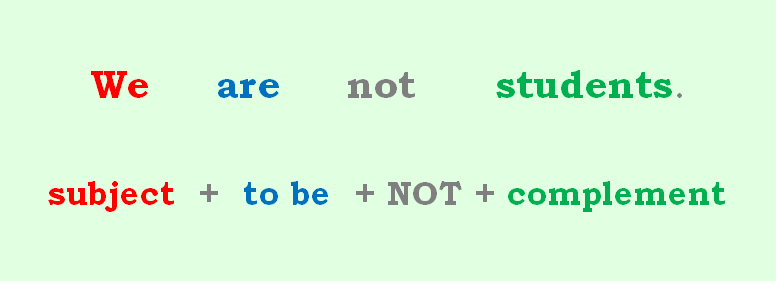
- Jason is not a soccer player.
- My friends are not nice.
- The group is not big.
- The pets are not calm.
- Lions are not dangerous.
- All the students are not intelligent.
Contracted Forms
Also the negative form can be contracted:
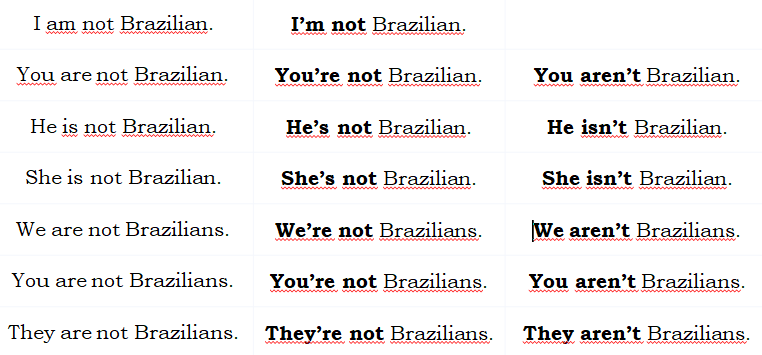
Interrogative Sentences
Interrogative sentences start with the verb to be, followed by the subject and the complement.
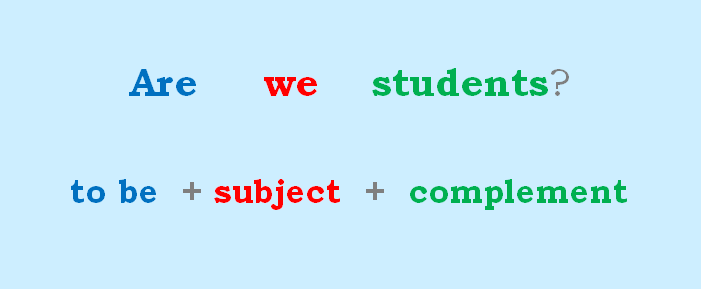
Verb to be – Yes / No Questions
Yes/No questions are answered in a very simple way: Yes or No, plus the verb in contracted form. Let’s see:
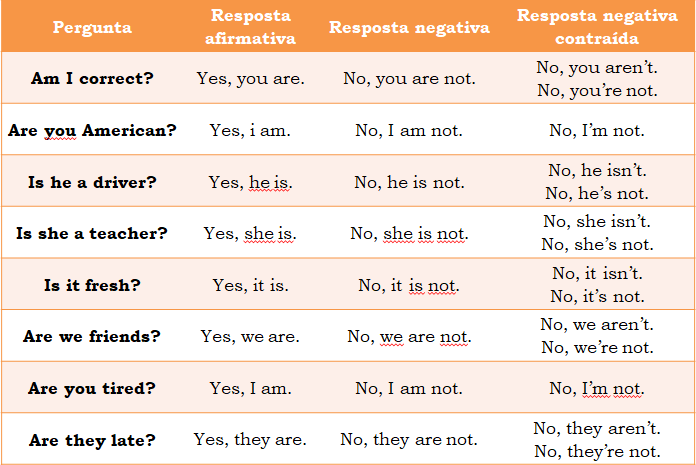
In this chart you can see all the forms of verb to be:

Source: really-learn-english.com.
Time to practice!
Download the activities and check your progress on Verb to be.
https://www.topworksheets.com/custom/091e3378-69f0-4fe3-a040-f1442187ba4b
See you!! 😉😉😉
